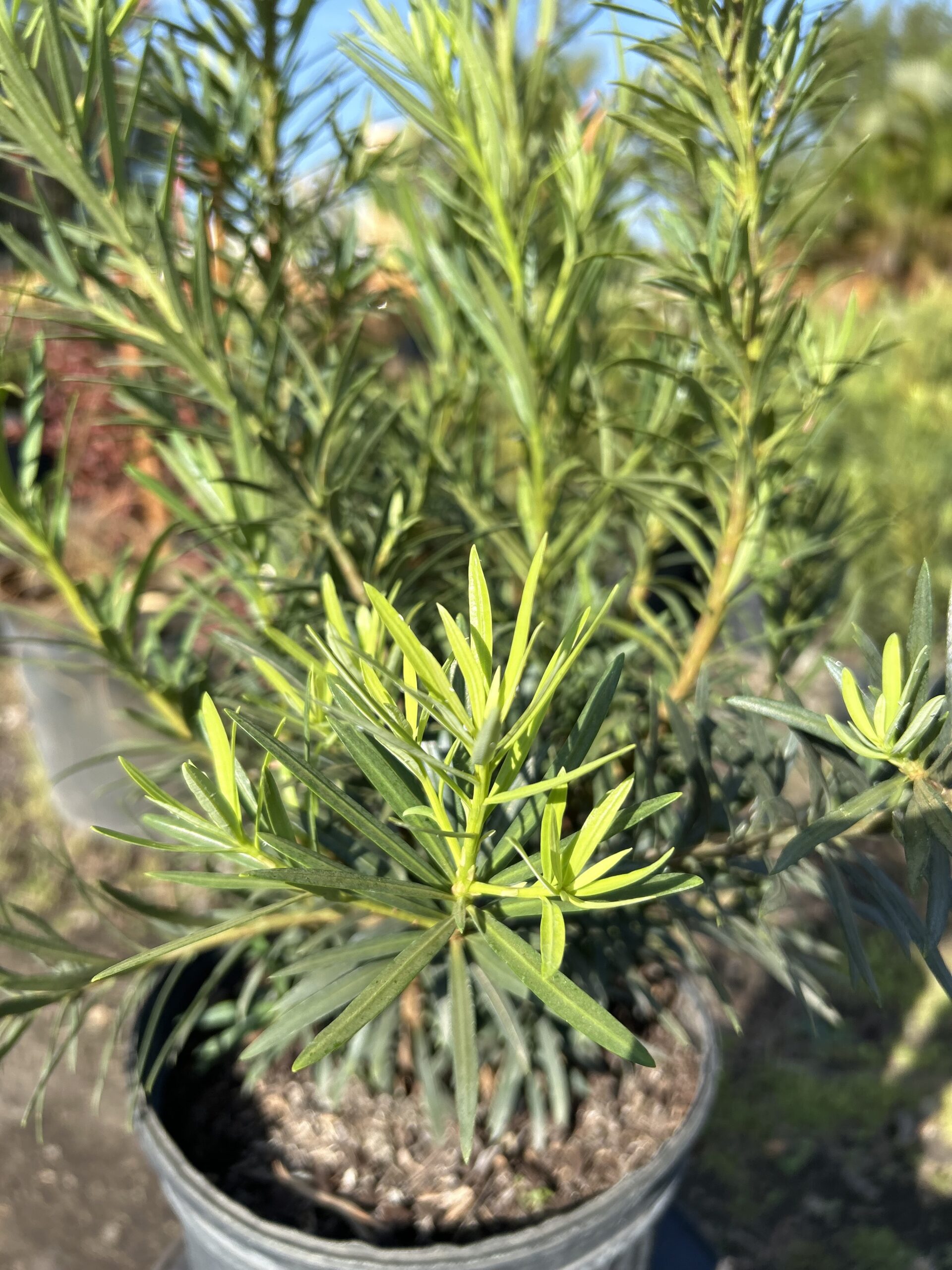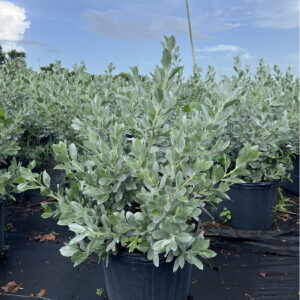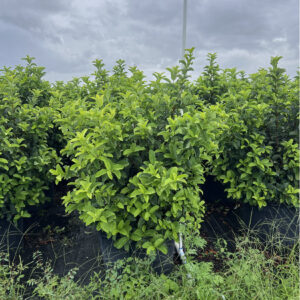Podocarpus
Podocarpus (Podocarpus macrophyllus), also known as Buddhist Pine or Japanese Yew, is a versatile evergreen shrub or tree with dense, dark green, needle-like foliage. It grows upright and can reach 10–20 feet, making it ideal for hedges, screens, or specimen plantings. Drought-tolerant, low-maintenance, and adaptable to sun or shade, it’s a popular choice for formal landscapes and container gardens.
$15.00
Availability: In stock
Related products
-
All Products
Silver Buttonwood
$22.63 – $586.28Price range: $22.63 through $586.28 This product has multiple variants. The options may be chosen on the product page -
All Products
Viburnum Odoratissimum
$15.32 – $262.50Price range: $15.32 through $262.50 This product has multiple variants. The options may be chosen on the product page
Podocarpus (Podocarpus macrophyllus), commonly known as Buddhist Pine or Japanese Yew, is a versatile, evergreen conifer prized for its elegant appearance, adaptability, and ease of maintenance. Native to southern Japan and China, this plant is a popular choice for both formal and informal landscapes due to its refined, columnar form and dense, lush foliage.
Podocarpus is typically grown as a shrub or small tree, depending on pruning and placement. It can reach heights of 10 to 20 feet as a shrub and up to 40 feet when cultivated as a tree under ideal conditions. Its slow-to-moderate growth rate and upright habit make it ideal for privacy screens, hedges, foundation plantings, or standalone specimens in both residential and commercial landscapes.
The plant features narrow, leathery, dark green leaves that are soft to the touch and arranged spirally along the stems. Unlike most conifers, Podocarpus has a distinctly tropical or subtropical look due to its needle-like leaves, which are about 2 to 4 inches long and taper to a gentle point. The dense foliage creates a clean, elegant silhouette that responds exceptionally well to shaping, making it a favorite for topiary and formal hedging.
Podocarpus is highly adaptable and thrives in a range of light conditions, from full sun to partial shade. It prefers well-drained, slightly acidic soil but is tolerant of a variety of soil types, including sandy and loamy soils. Once established, it is notably drought-tolerant and can also withstand urban conditions such as pollution, making it a durable choice for city gardens and streetscapes.
This plant is very low-maintenance and generally free from serious pest or disease problems. Occasional light pruning helps maintain the desired shape and size, especially when used as a hedge or topiary. Fertilization in early spring can support lush growth, though it is not strictly necessary in rich soils.
In addition to its ornamental value, Podocarpus is also appreciated for its use in bonsai and container gardening, where its clean lines and slow growth habit make it easy to manage. The plant also bears small, fleshy, bluish-purple seed cones that resemble berries, though these are more prominent on female plants and are not a major ornamental feature.
In the landscape, Podocarpus blends well with both tropical and formal garden designs. It provides year-round structure and greenery, pairs beautifully with flowering shrubs and perennials, and serves as an elegant backdrop for more colorful plants.



